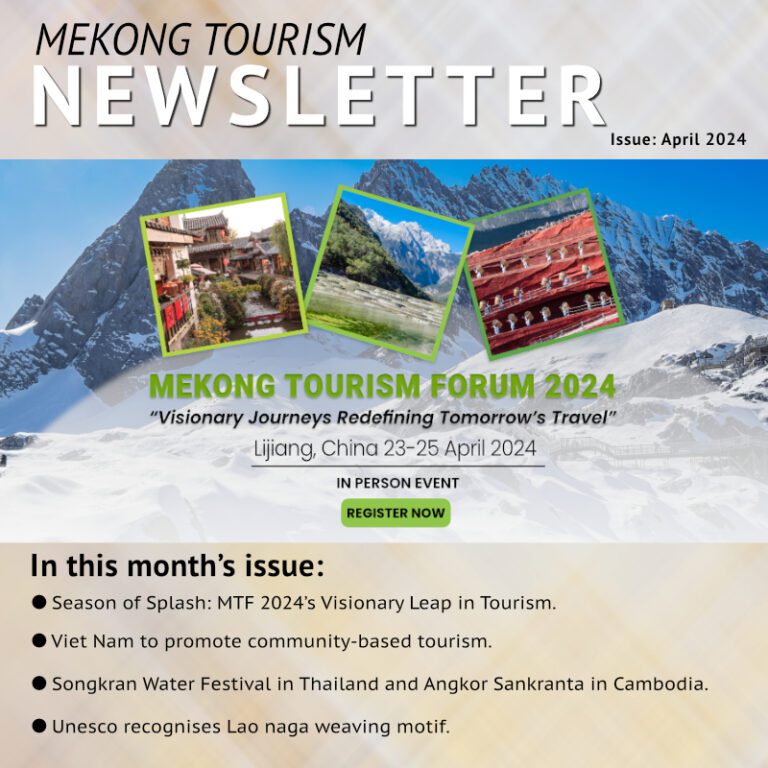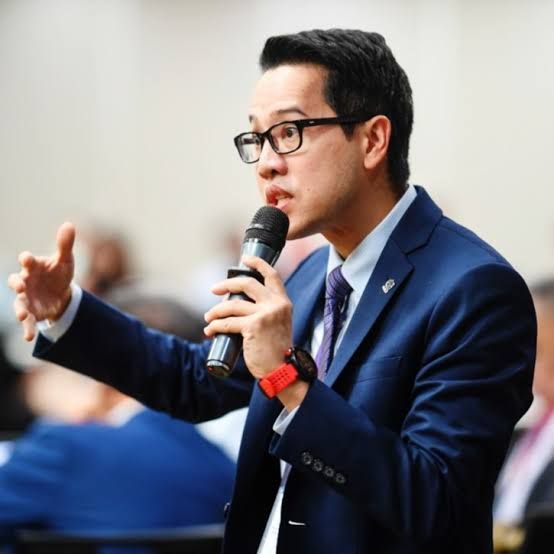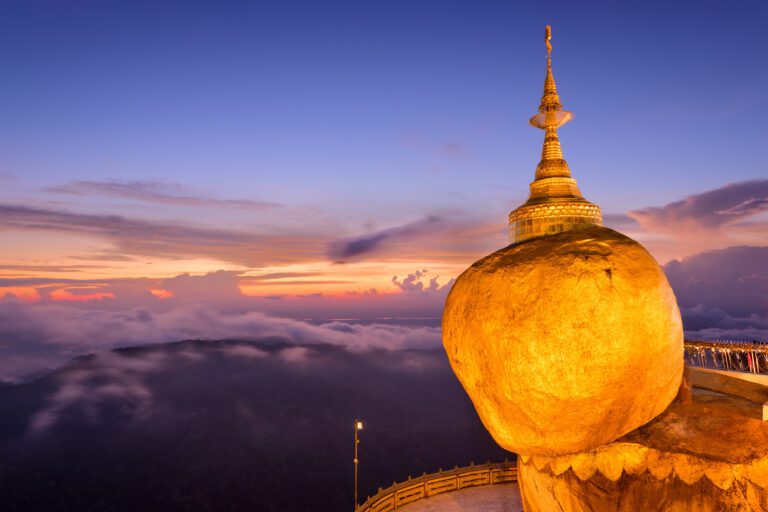On October 29, Laos unveiled a new dam in the country’s north. The 1.3-gigawatt Xayaburi dam sits on the Mekong River, which flows the length of the country. Laos plans to build nearly a hundred like it by 2020—many with direct funding and support from China—in a bid to become “the battery of Asia,” exporting two-thirds of the energy it will generate from hydropower. But the dams threaten to choke an already encumbered river. As the Xayaburi dam started operating, water levels in the Mekong sank to 1.5 meters, the lowest level in a century. Reports emerged from neighbouring Thailand of sandbars jutting into the waterway and channels running dry.
The Mekong River is an essential artery in Southeast Asia. Conditions that affect its waters carry outward to the region as a whole, and Lao dams are only one of the factors now pressing on the river’s ecosystem. The Mekong flows through six nations, from the Tibetan plateau to the South China Sea, and it is the most productive inland fishery in the world, valued at $17 billion a year. Around 60 million people live in the Mekong basin, and 80 percent of them depend on the river for their food or livelihoods.
Climate change already poses a major and growing threat to life and livelihoods on the river. According to some studies, two-thirds of the Himalayan glaciers that feed the Mekong could disappear by the end of the century. Scientists have warned that the shifting path of tropical cyclones is changing the Mekong basin irreversibly: with disturbed patterns of rainfall, the region is more prone to drought. Changing climate patterns exacerbate other problems on the river, such as sediment loss, increased salinity, and the erosion of riverbanks.
Aggressive infrastructure development on the Mekong will worsen the effects of climate change. But China has many such projects in mind. Within its own borders, China has already built at least ten large dams on the main trunk of the river. Those dams have begun to negatively affect fisheries, riverbank gardens, and farms downstream. Now Beijing is helping to accelerate dam construction down the river in Laos and Cambodia, making the Mekong a major arena for the projection of Chinese interests in Southeast Asia.
The communities that depend on the Mekong find themselves at the nexus of seemingly implacable forces: the consequences of climate change, the geopolitical ambitions of China, and the indifference of their governments. Against immense odds, residents of the Mekong basin are developing ways to protect their livelihoods and to safeguard the river from ruin.
Read the full article at Foreign Affair: https://www.foreignaffairs.com/articles/china/2019-11-07/troubles-mekong





